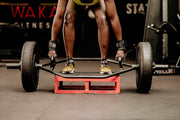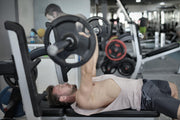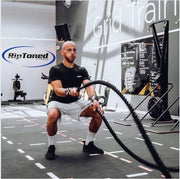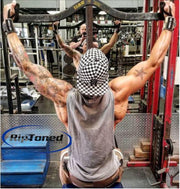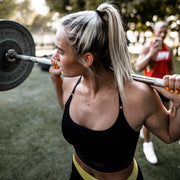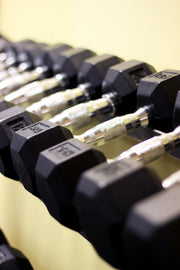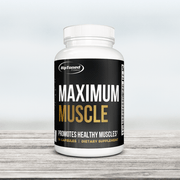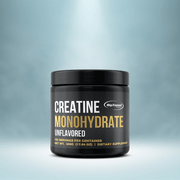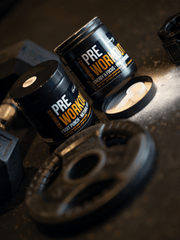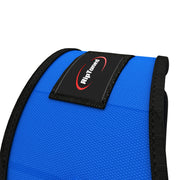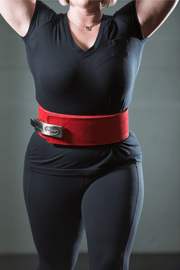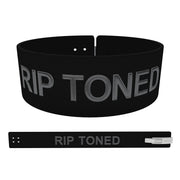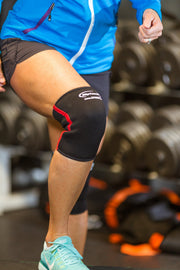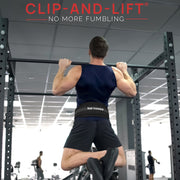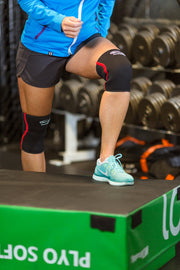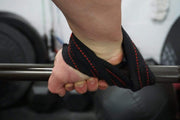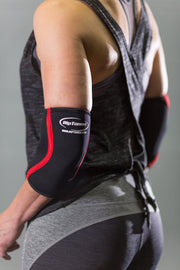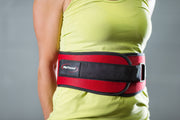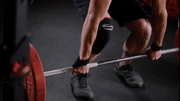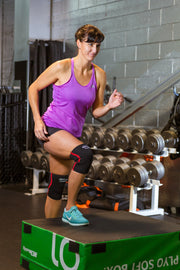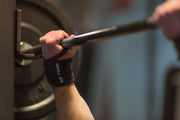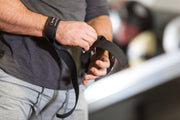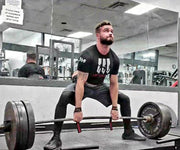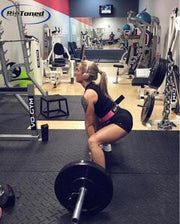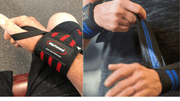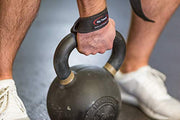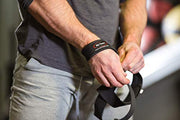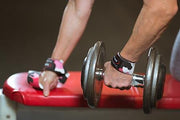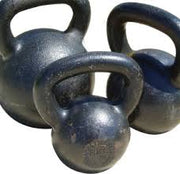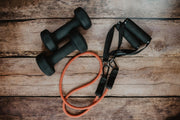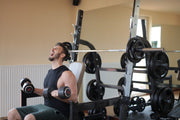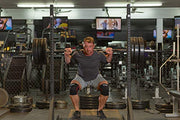Do you suffer from wrist pain and think there's no way to prevent it when lifting weights? If so, you're not alone - many weightlifters deal with uncomfortable wrist pain as a result of curling or doing other exercises.
The good news is that you can minimize your risk of wrist pain while exercising, which means you no longer have to avoid the gym to protect your wrists! In this blog post, we'll discuss some effective ways to reduce wrist discomfort that will help you get back to working out like normal.
Why Does Curling Hurt Your Wrists?
Before we get into solutions for minimizing wrist pain by performing bicep curls, it's important to understand why lifting weights can cause discomfort in the first place. One of the main reasons is that curling involves a lot of repetitive motions - specifically, bending and extending your wrists while holding onto weights.
This puts significant strain on your wrists' small muscles and tendons, which can lead to inflammation and pain over time. Additionally, using improper form or lifting weights that are too heavy for your current strength level can also contribute to wrist pain.
Plus, if you have any preexisting conditions or injuries in the wrist bones of your wrists, the constant bending and stretching motion can aggravate them even further.
How To Stop Wrist Pain When Curling
Here are the top three things you can do to minimize wrist and forearm pain while curling:
Warm Up Your Wrists
Before starting your workout, it's important to spend a few minutes warming up your wrists. This will help increase blood flow and loosen up the muscles, ligaments, and tendons in that area, reducing the risk of injury or discomfort later on.
Some simple wrist warm-up exercises include wrist circles, extensions, flexions, improper wrist positioning, forearm-ups, and wrist rotations. These can be done with or without weights, depending on your preference.
Use Proper Form
Proper form is crucial to avoiding injury and pain while lifting weights - especially for the wrists! When curling, keep the weight of your wrists in a neutral position - not bent too far forward or back.
Additionally, keep your elbows close to your sides and avoid putting too much strain on your wrists by using weights that are appropriate for your wrist position and current arm strength level.
Strengthen Your Wrists
One of the best ways to prevent wrist pain when curling is to strengthen the muscles and tendons in that area. This will make them more resilient and able to handle the strain of lifting weights.
Some effective wrist-strengthening exercises include wrist curls, reverse biceps curls, wrist curls, and performing bicep curls. These can also be done with or without weights, depending on your preference and comfort level.
Take breaks in between sets.
Don't be afraid to take a break When you feel discomfort or pain in your biceps or wrists during a workout. Continuing with painful movements can worsen the situation and make it more difficult for your wrists to heal.
Take short breaks in between sets to rest and stretch out your wrists. You can also consider wrist wraps or braces for added support and stability.
Utilize proper grip for better control.
Another factor contributing to wrist pain during barbell curls is improper grip on the weights. Make sure to grip the Ez curl bar weights firmly but not too tightly, as this can strain your wrists.
Using an overhand rather than an underhand grip can also help reduce strain on your wrists.
Incorporate stretching into your routine.
Incorporating stretching into your workout routine can also help prevent wrist pain. Stretching helps improve flexibility and range of motion in your wrists, making them less prone to injury.
Some good stretches to incorporate include wrist flexor stretches, the biceps muscle wrist joint extensor stretches, and hand and finger stretches. These can be done before, during, and after your workout.
So, if you want to avoid experiencing wrist pain again while reversing curls and continue working out without discomfort, follow these dumbbell curls and tips and make them a part of your regular workout routine. With the right approach, you can keep your wrists healthy and strong while using triangular fibrocartilage complex to achieve your fitness goals! So get out there and start taking care of those wrists!
Mistakes To Avoid
There are common mistakes that can contribute to wrist pain when curling:
- Using improper form and technique
- Lifting weights that are too heavy for your strength level
- Ignoring warning signs of discomfort or pain in your wrists
By avoiding these mistakes, you can significantly reduce your risk of developing wrist pain during your workouts. Remember to listen to your body and make adjustments as needed to protect your wrists and keep them healthy.
Tips For Recovery
Finally, if you do experience wrist pain despite taking preventative measures, here are a few tips for recovery:
- Take a break from lifting weights and allow your wrists to rest and heal
- Apply ice to the affected area to reduce inflammation and pain
- Consult with a doctor or physical therapist for personalized advice on how to treat the pain and prevent it from recurring.
Don't let wrist pain hold you back from reaching your fitness goals. You can continue curling without any worries by taking the necessary steps to prevent and address discomfort! Remember always to prioritize proper form, warm up before your workout, and strengthen your wrists to keep them healthy and strong.
FAQs
Can I still curl if I have preexisting wrist injuries?
It's always best to consult a doctor or physical therapist before starting any new exercise routine, especially if you have existing injuries. They can provide personalized advice and modifications to help you safely continue lifting weights.
Is wrist pain during curling normal?
No, wrist muscle pain is not normal for straight bar curls. It's important to listen to your body and address any discomfort or pain before it worsens.
How often should I do wrist-strengthening exercises?
It's recommended to incorporate these biceps curl exercises at least 2-3 times per week into your workout routine for optimal results. However, listen to your body and adjust the frequency to avoid overworking your wrists.
Conclusion
Wrist pain can be common for those who regularly biceps curl or lift weights. However, following these tips and avoiding common mistakes can minimize discomfort and keep your wrists healthy and strong.
Remember always to prioritize proper form, warm up before your workout, and listen to your body to prevent injury and reach your fitness goals. So go ahead and start incorporating these tips into your routine - your wrists will thank you! So get out there and start taking care of those wrists!
Lastly, always consult with a doctor or physical therapist if you experience persistent or severe wrist pain for personalized advice and treatment options.

Click here to try our wrist wraps that can be a great addition to your lifting routine.


